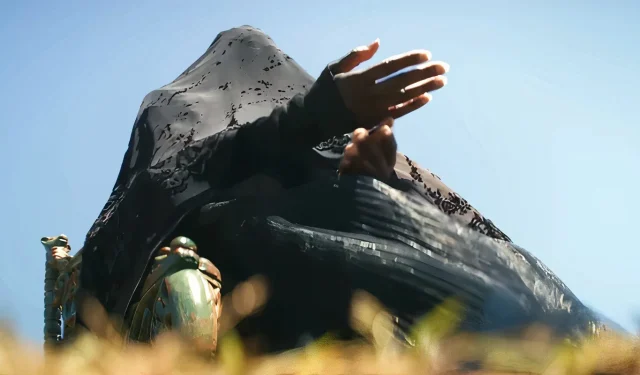**Warning: This article includes sensitive discussions around depression and suicide.**
**SPOILERS ahead for The Woman in the Yard.**
The Meaning Behind The Woman in the Yard
In the psychological horror film The Woman in the Yard, the titular character begins as a figure shrouded in mystery. However, the identity of ‘the Woman’ soon becomes apparent. Ramona, the central character, is a mother attempting to heal from a traumatic car accident, which serves as the catalyst for the arrival of this enigmatic figure. The Woman, dressed in black and claiming to be invited, plays a crucial role in unraveling the film’s intense emotional themes.
The film addresses deep and troubling themes, prompting some viewers to seek insight before deciding to watch. The *ending’s* complexity may be challenging to grasp, particularly for those who miss critical elements of the plot. Nonetheless, the true nature of the Woman can be guessed early on, as the film revolves around Ramona’s psychological turmoil stemming from her accident.
A Physical Manifestation of Grief
Delving Deep into Ramona’s Mental Struggles
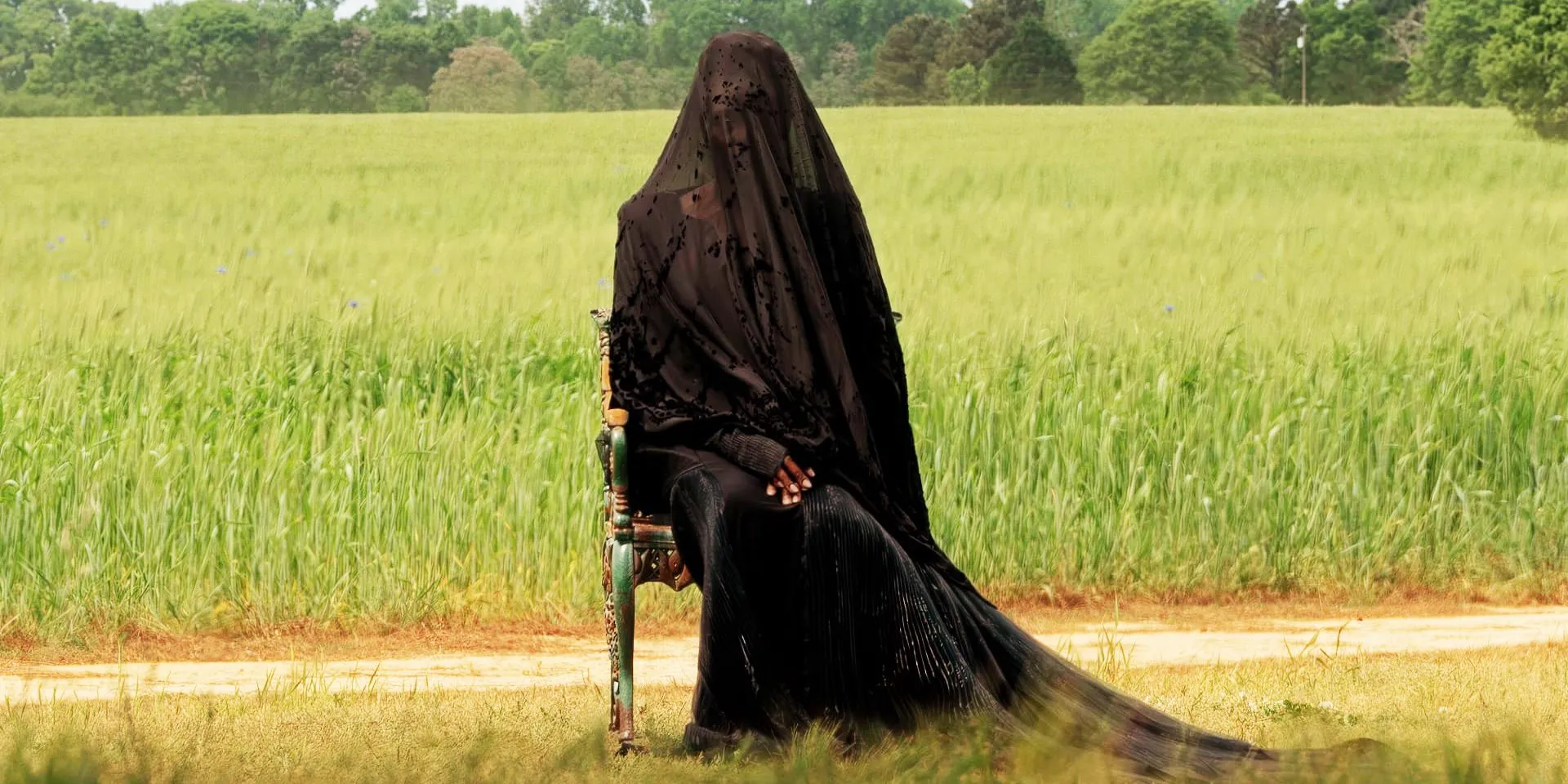
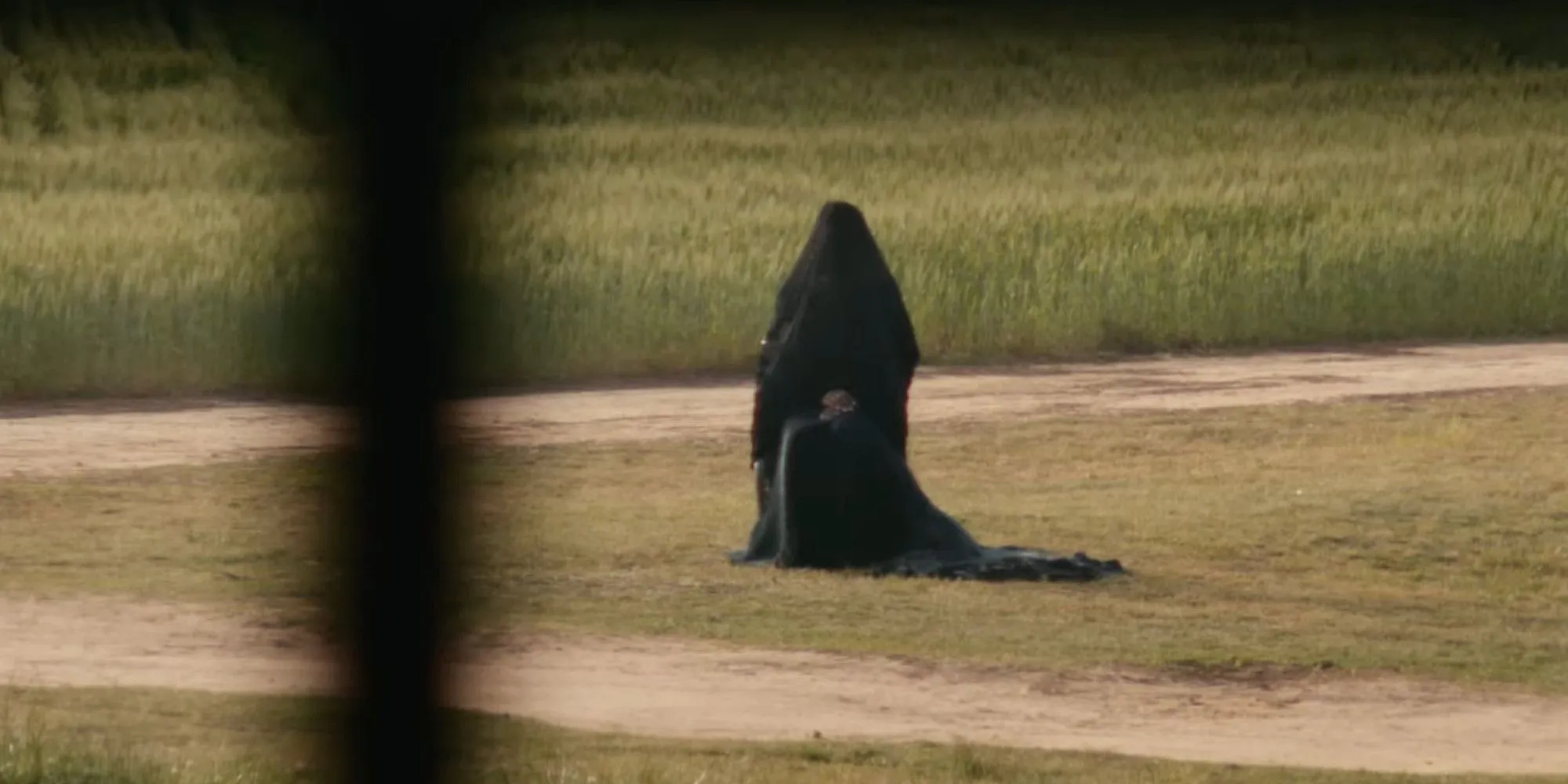
The sudden appearance of the Woman coincides with the traumatic loss of Ramona’s husband, serving as a symbol of her internal struggles. Phrases like “today’s the day,”paired with the Woman’s suggestion that Ramona invited her, hint at the character’s deeper significance—representing not just grief but also Ramona’s desire for an end to her suffering.
There are clear indicators that Ramona has grappled with severe mental health issues prior to the accident, including troubling thoughts related to her children. As the narrative unfolds, it becomes increasingly evident that her journey is not merely about grief but a harrowing confrontation with suicidal ideation. The use of flashbacks helps establish this context, revealing Ramona’s emotional state from the outset of the story.
The Distinct Visuals: Symbolism in Appearance
The Complexity of Identity in Ramona’s Struggles
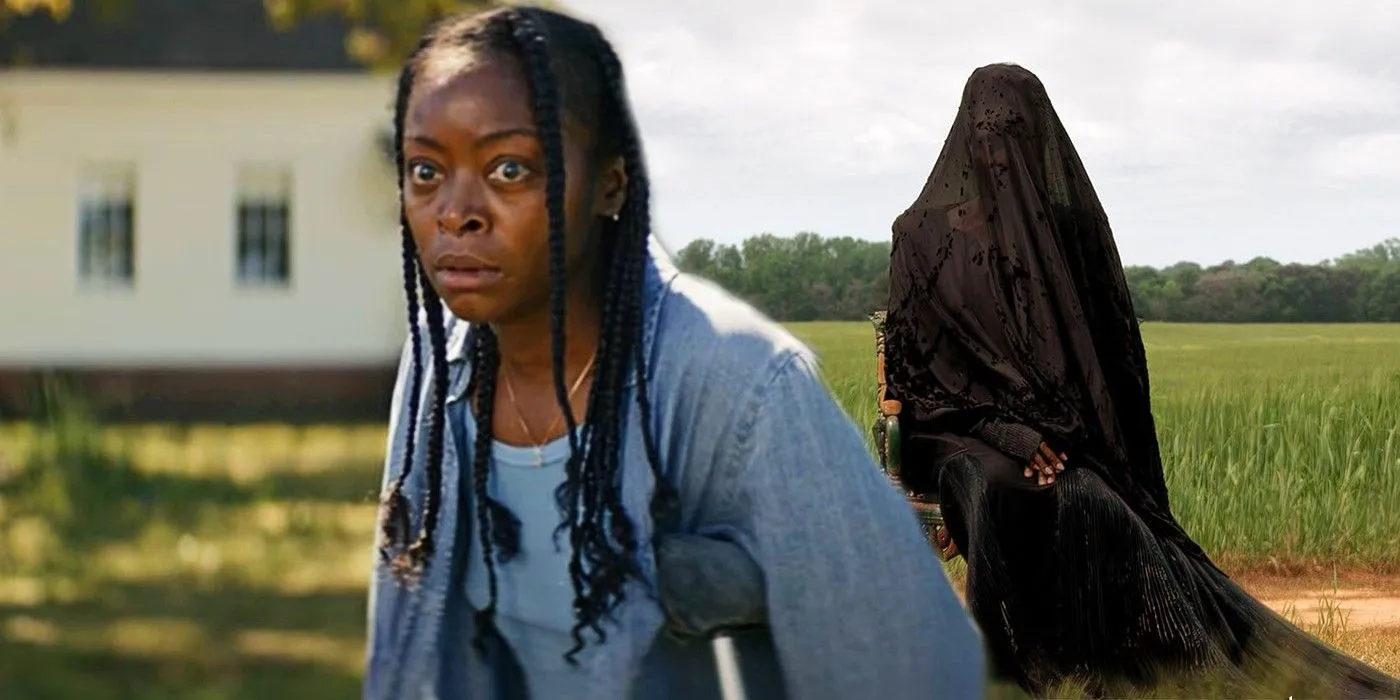
In their powerful exchange, the Woman asserts, “I’m the corners of your mind. The scary parts.” Reflection on Ramona’s mental health becomes evident, especially when her son Taylor mentions her medication, hinting at deeper psychological issues. The differing aesthetics of Ramona and the Woman emphasize that the Woman embodies aspects of Ramona’s psyche that she struggles to recognize. This disconnect points to the depths of Ramona’s despair and the impact of her actions on her children’s wellbeing.
The Woman’s dark appearance and the emphasis on her veiled face serve to build suspense, as viewers await a significant reveal. However, such distinctions carry deeper meaning—the visual contrast reflects the profound dissonance individuals with mental illness often experience regarding their sense of self.
The Set-Up: Foreshadowing Ramona’s Inner Turmoil
Hints from the Very Beginning
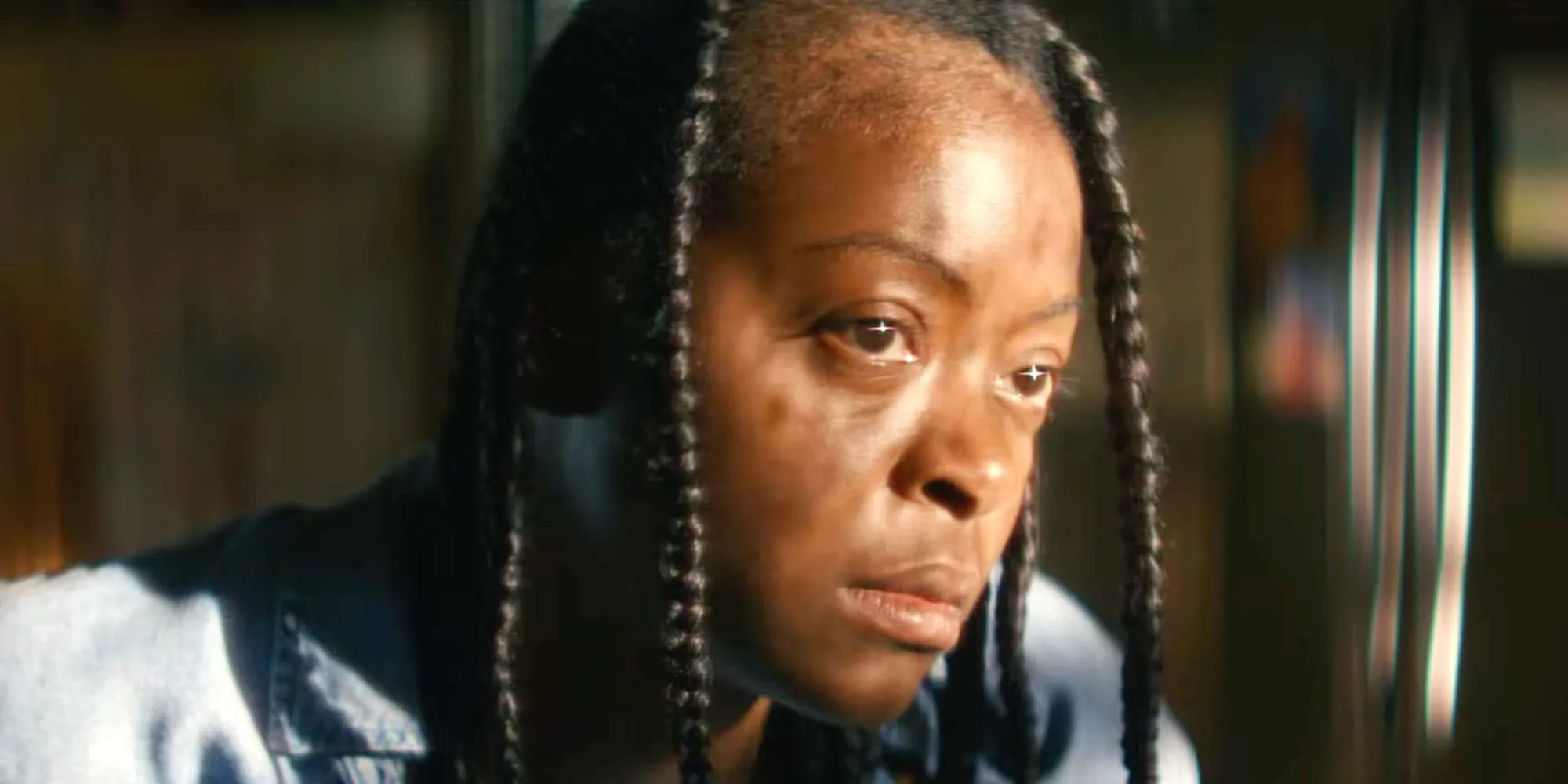
From the film’s introduction, it’s suggested that the Woman is not merely an external figure but rather a reflection of Ramona’s inner conflict. Details such as blood on the Woman’s hands symbolize Ramona’s feelings of guilt regarding her husband’s death—a crucial element that influences her deteriorating mental state. This imagery showcases how trauma can manifest in various forms, exacerbating existing emotional struggles.
While the film leaves the question of Ramona’s actual fate ambiguous, the interactions between her children and the Woman provide critical insights. Taylor and Annie’s distinct reactions to the Woman highlight the varying ways families encounter grief. Annie, in particular, embodies hope amid despair, suggesting that familial bonds could potentially guide Ramona towards healing.
Exploring the Central Theme of Grief
The Core of Ramona’s Journey
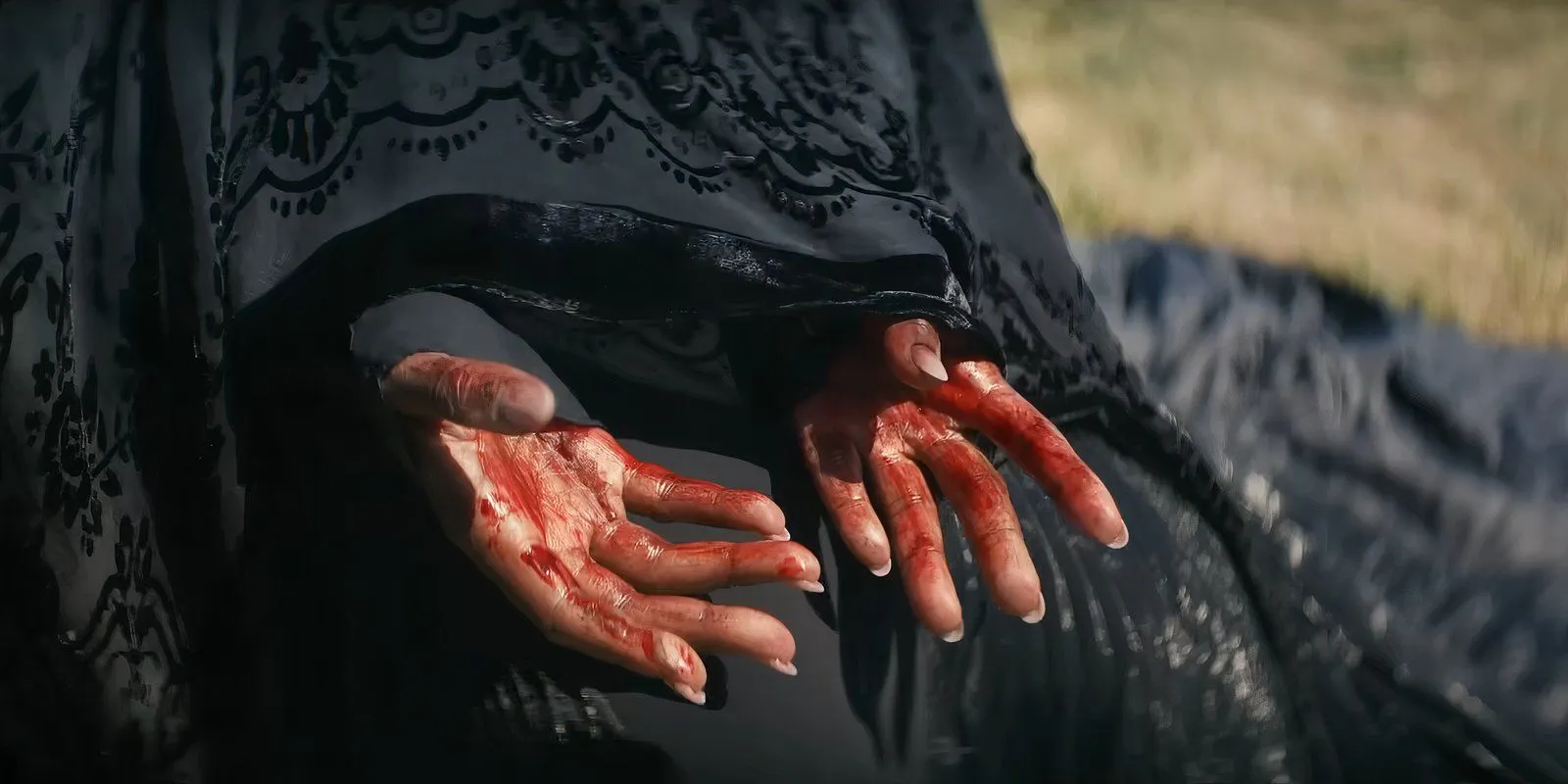
The film’s exploration of loss opens a dialogue on how grief can arrive unannounced and overwhelm a person’s life. Ramona’s struggles are rooted deeply in her unresolved trauma and suicidal thoughts, presenting a somber portrayal of mental illness. Her discomfort and despair signal more than just a reaction to her husband’s death—they encapsulate a broader, more complex narrative about a woman confronting her own psyche.
However, within the shadows of these serious themes exists a glimmer of hope, symbolized in Annie’s character. While viewers may fear the film concludes with tragedy, Annie’s presence signals that the possibility of healing remains. The ending invites contemplation on the interplay between personal struggles and the necessity for familial support in overcoming grief.
